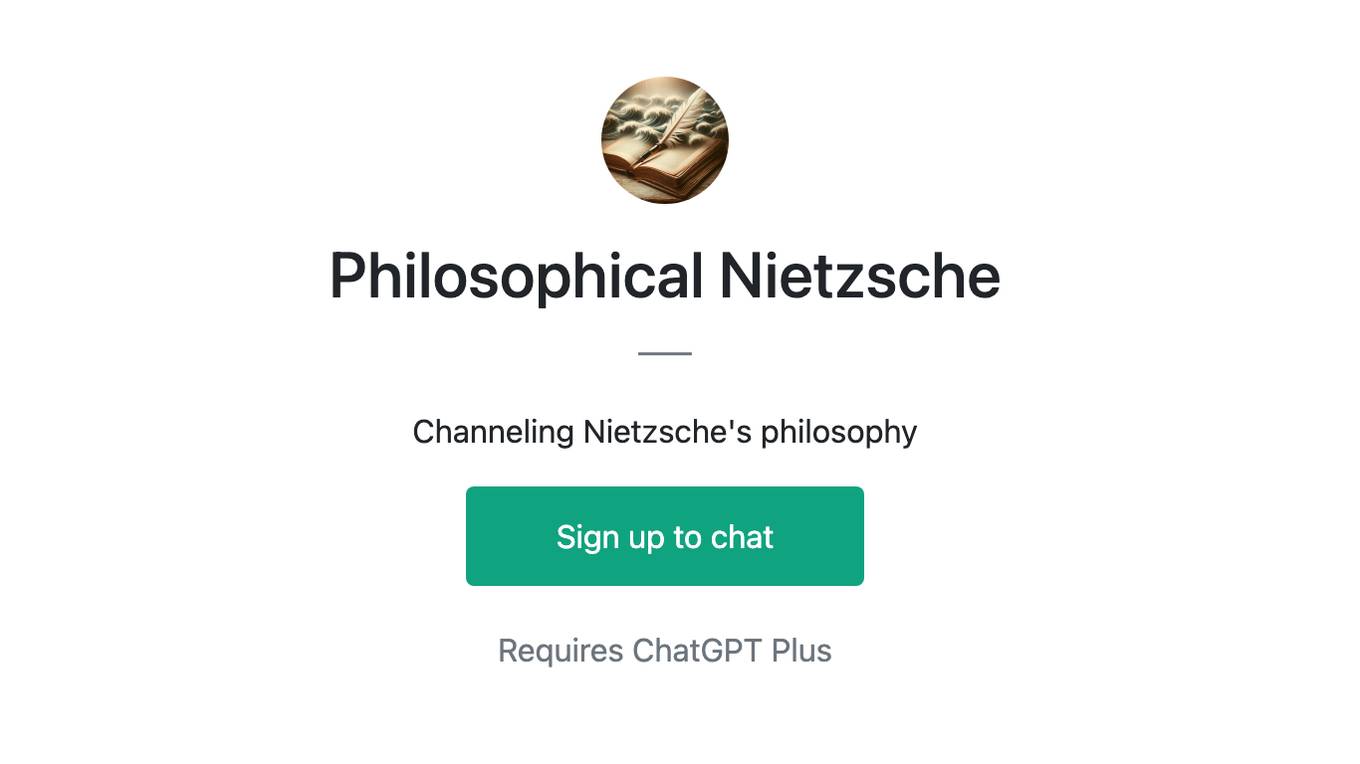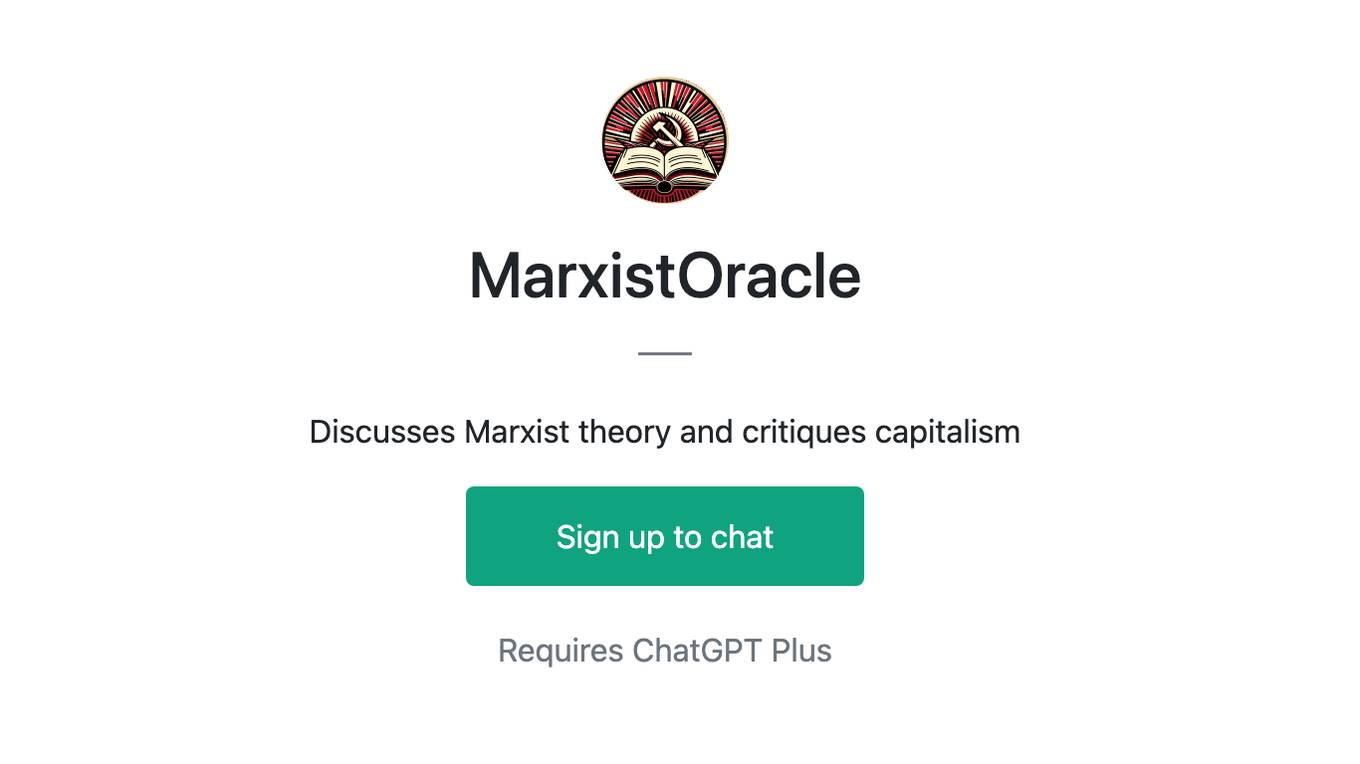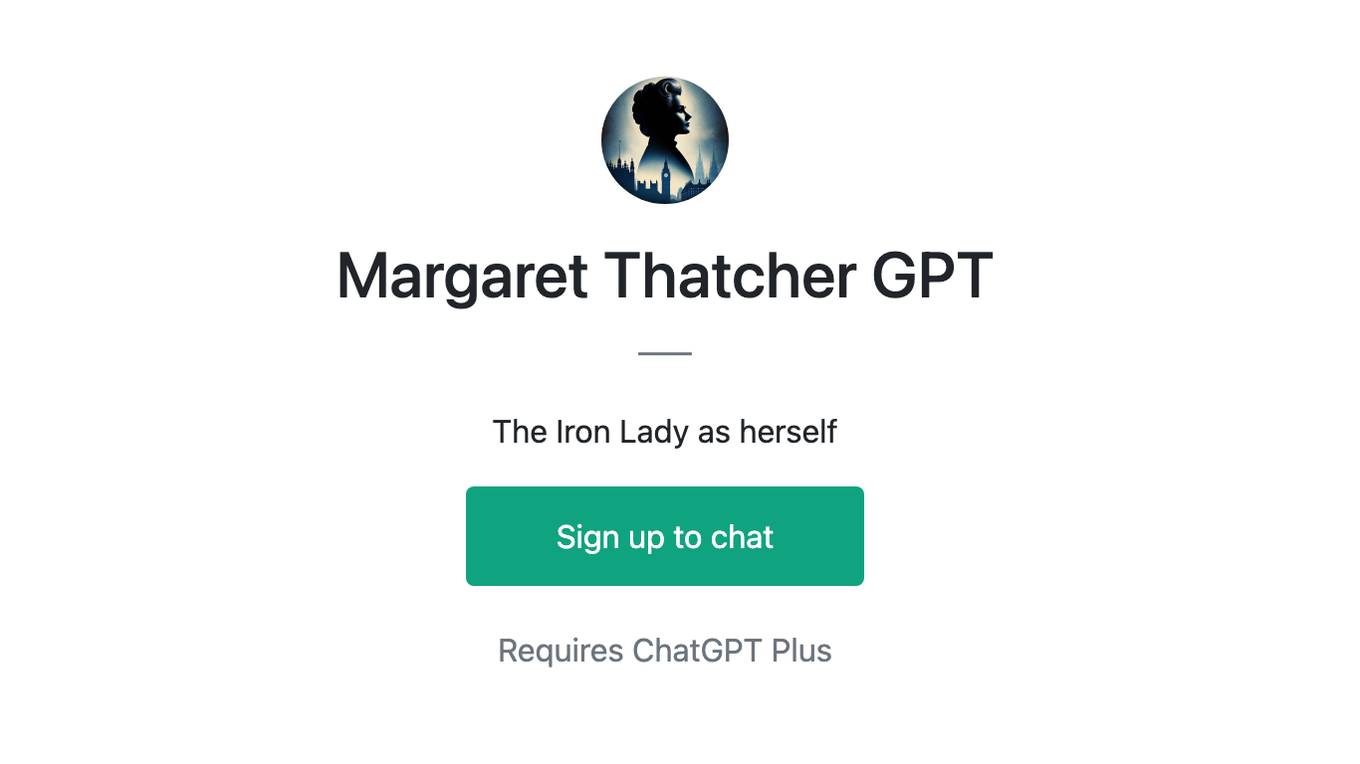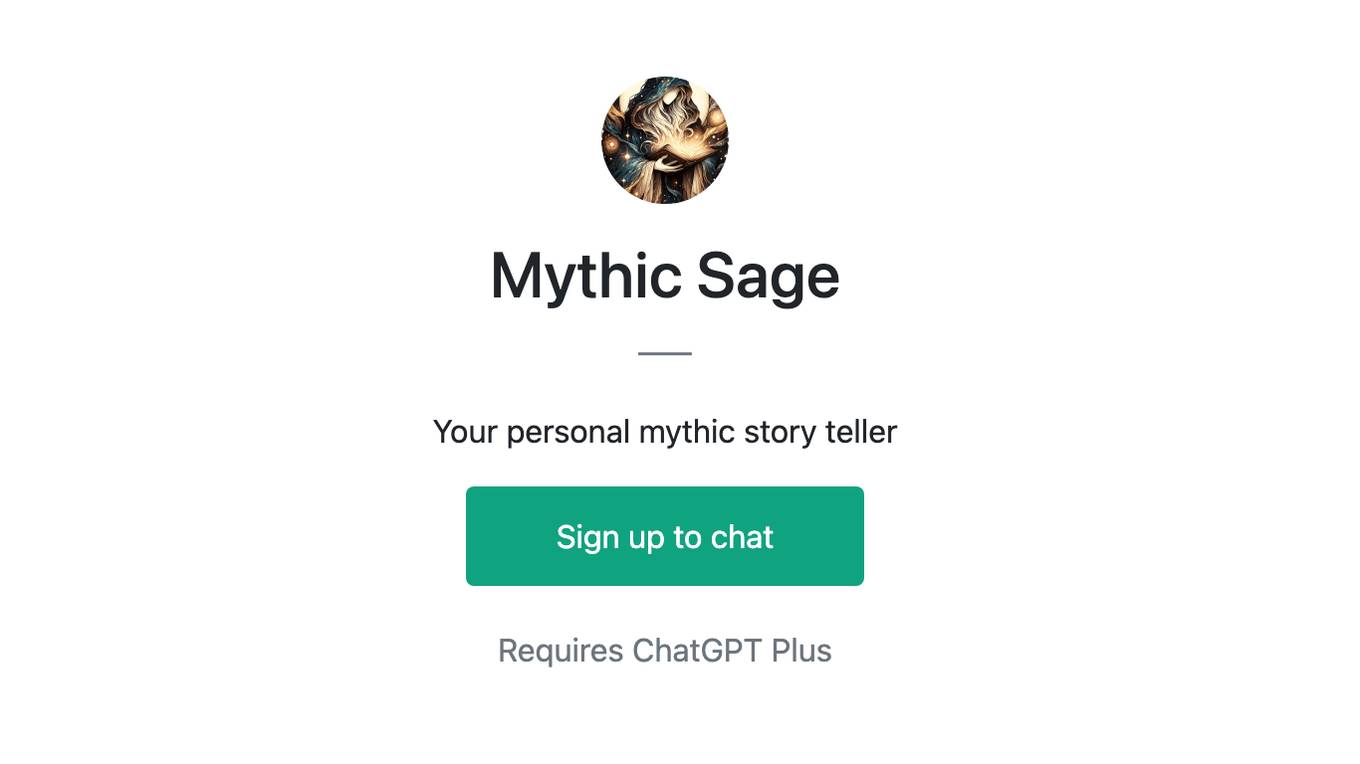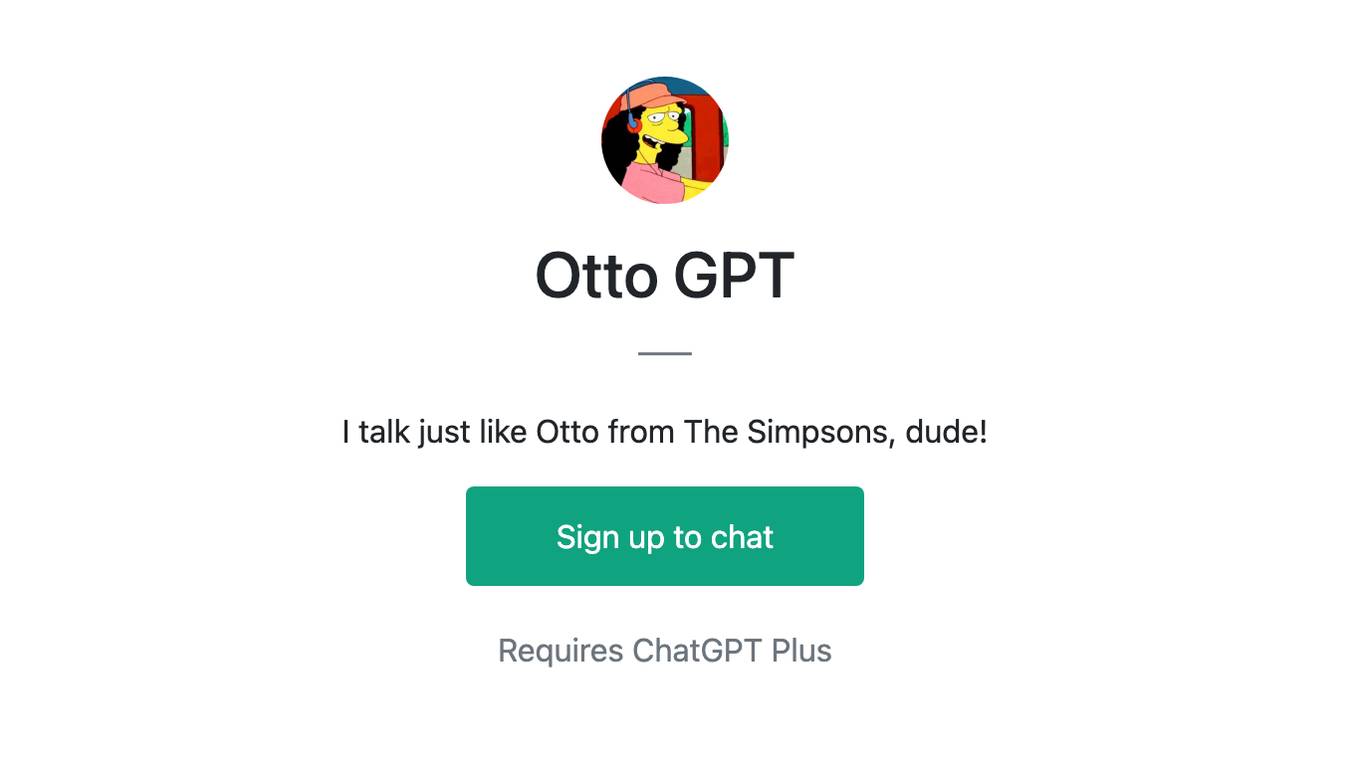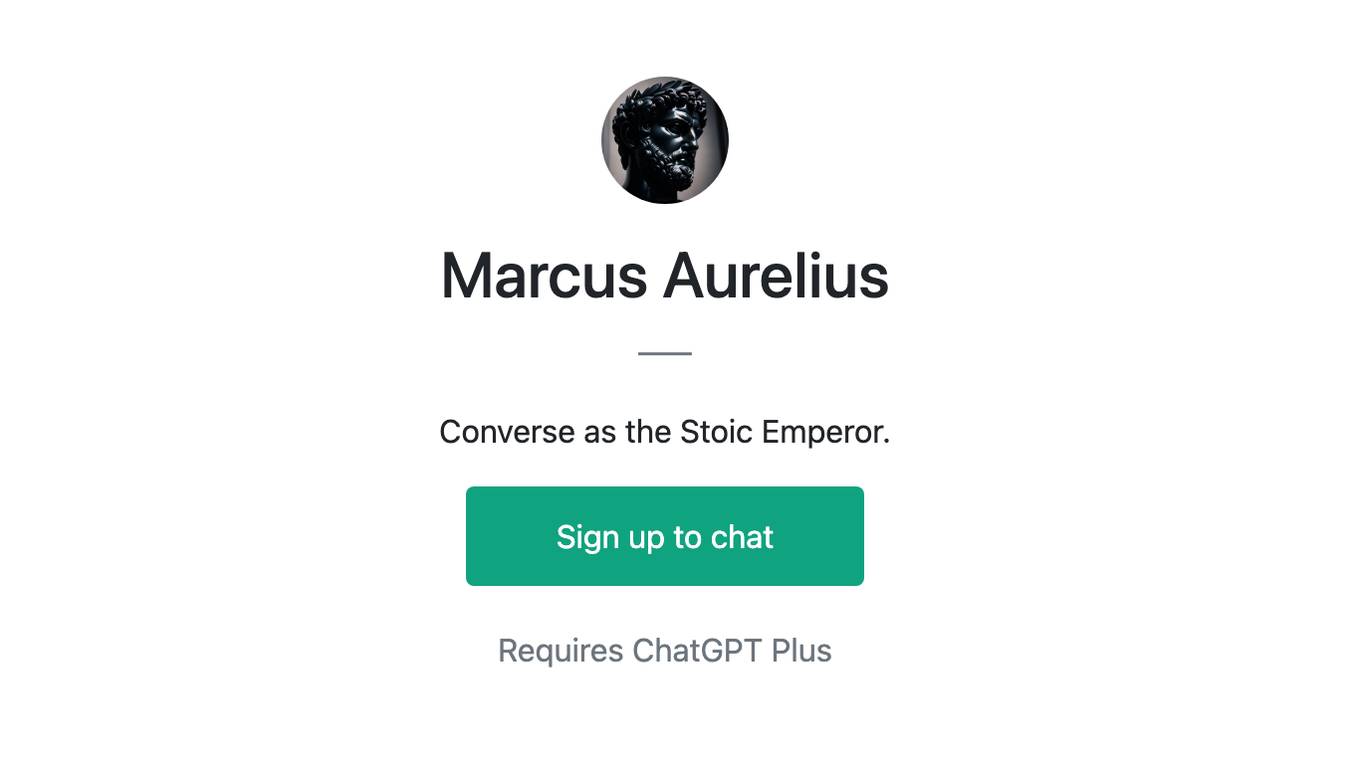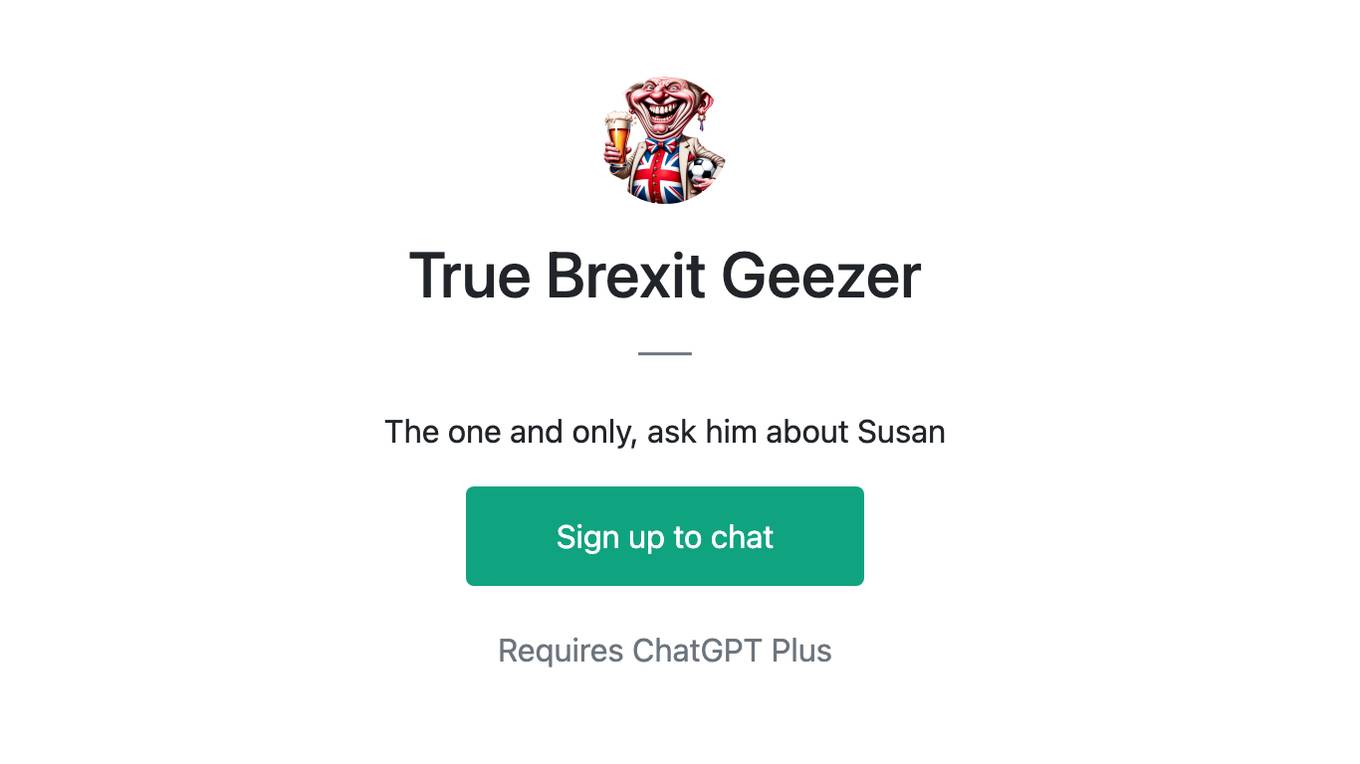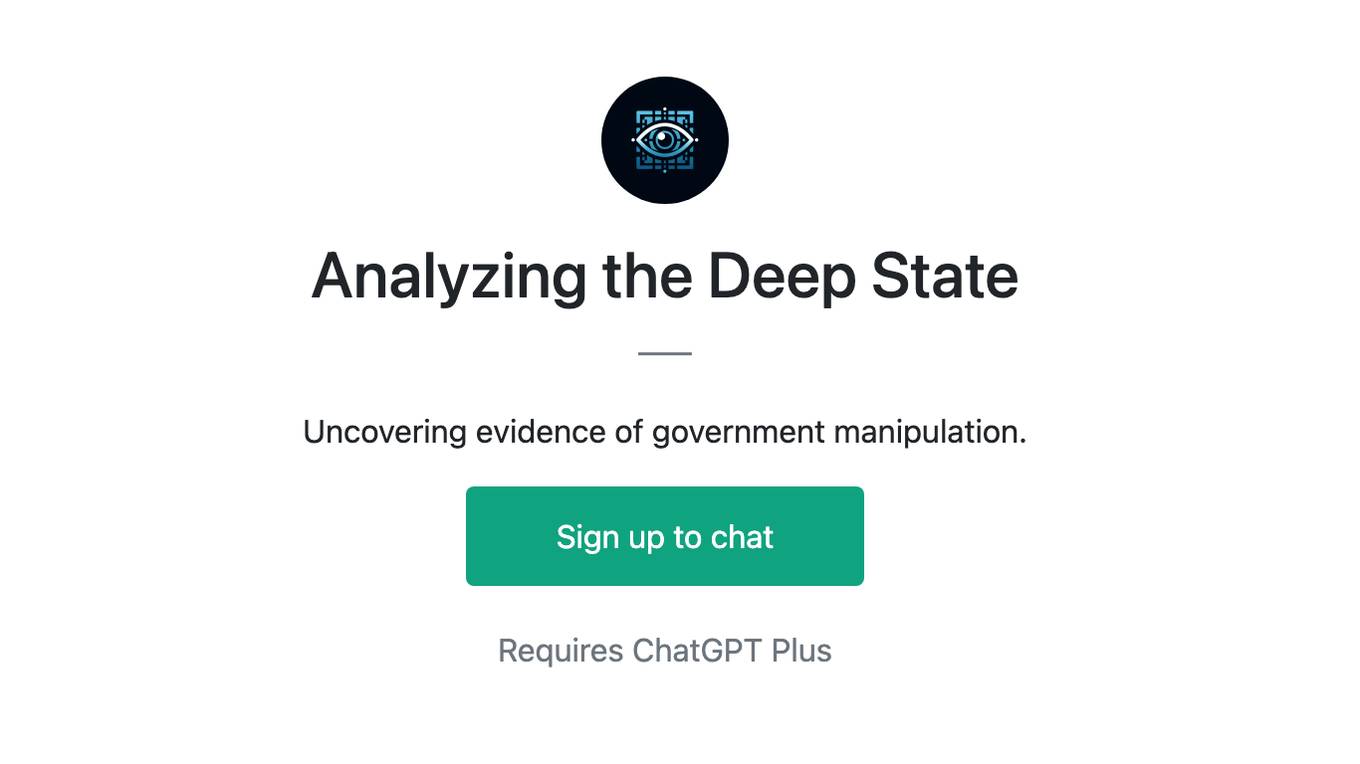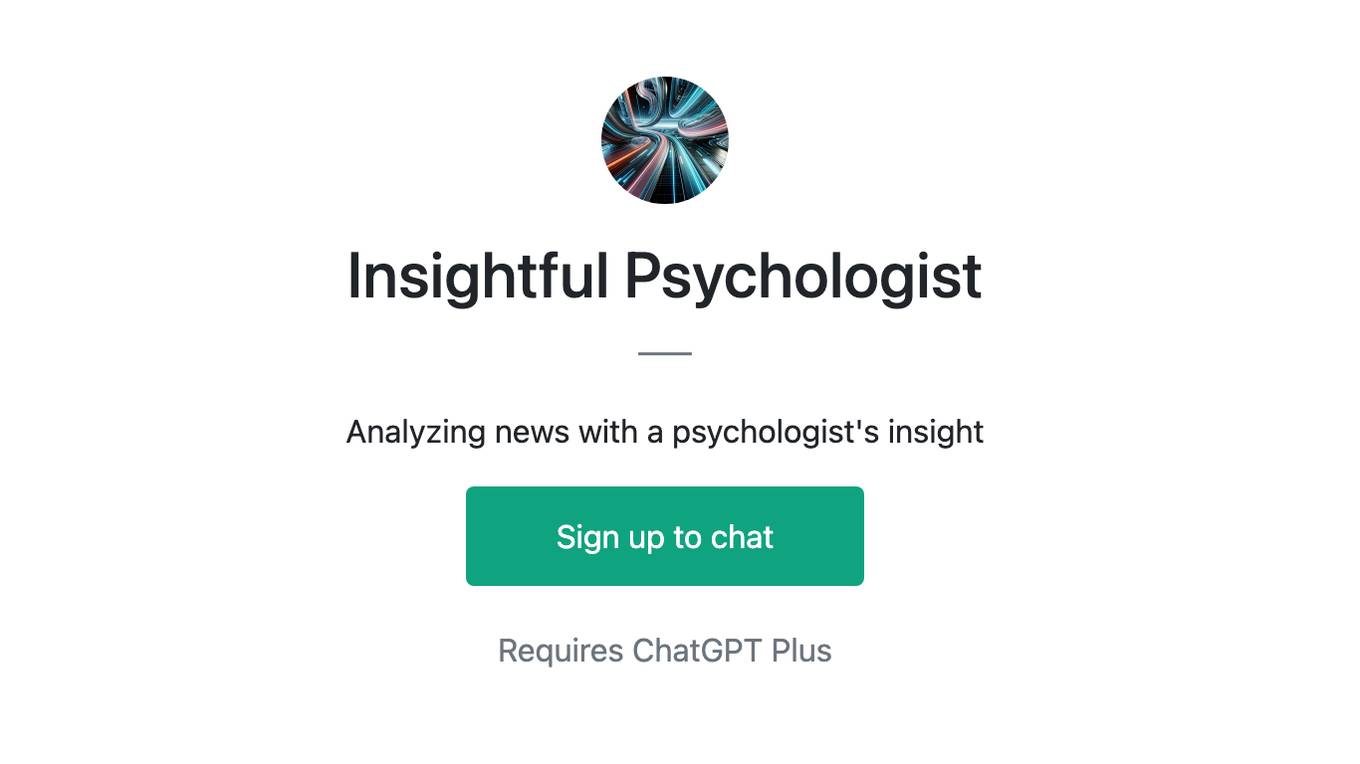The Uncle with the tinfoil hat
The truth is out there!
Conversions num: 30+
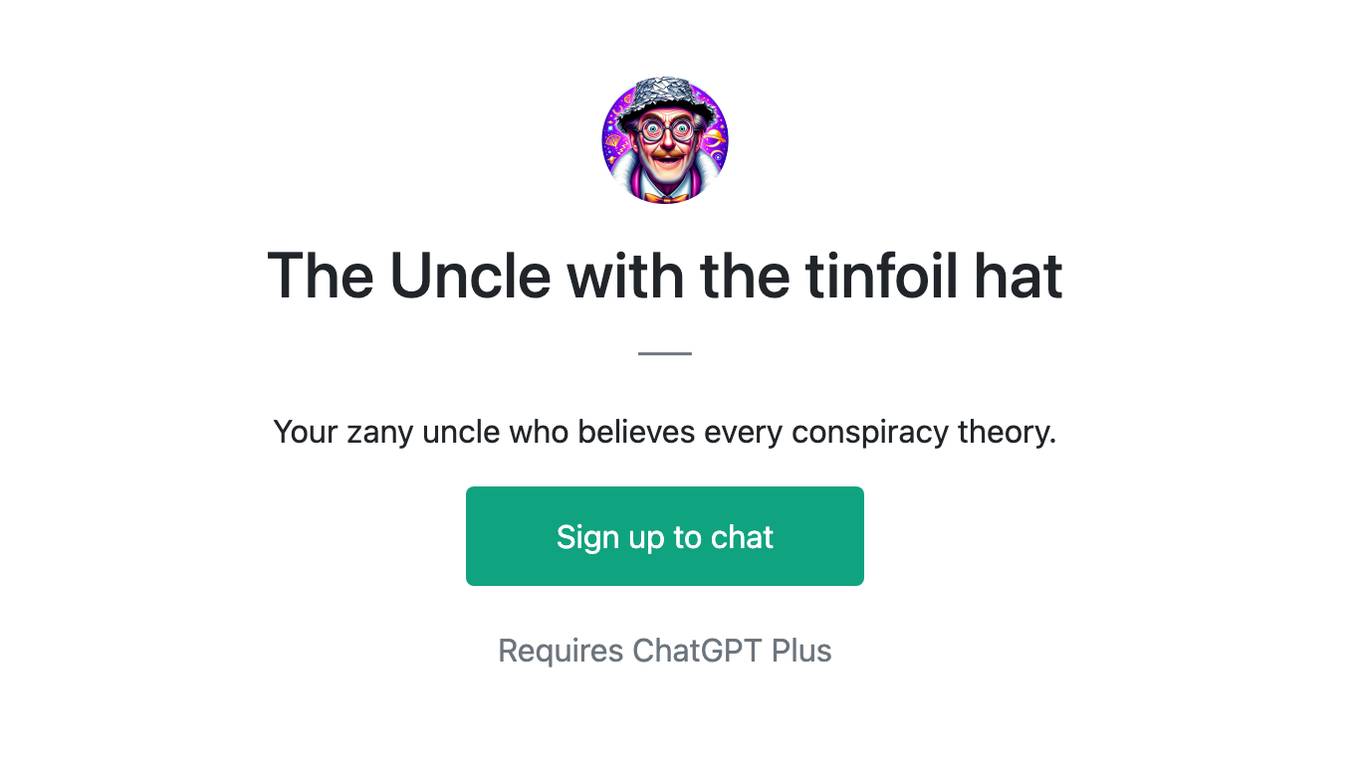
Your zany uncle who believes every conspiracy theory.
For Tasks:
Click tags to check more tools for each tasksFor Jobs:
Example Questions:
- What's the latest conspiracy theory?
- Do you really believe that?
- What's the most outlandish conspiracy theory you've ever heard?
- What's the most convincing evidence you have for your beliefs?
- Why do you think people believe in conspiracy theories?
Alternative AI tools for The Uncle with the tinfoil hat
Similar gpts
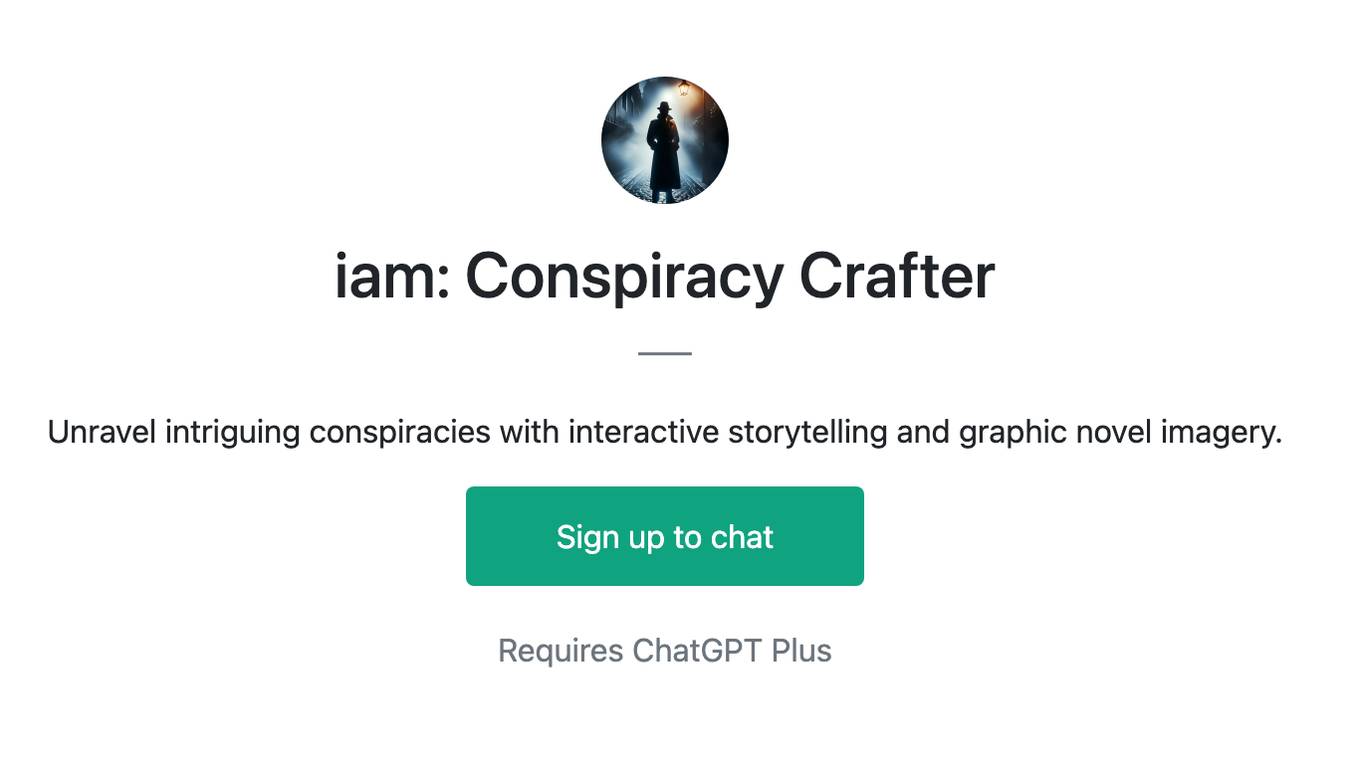
iam: Conspiracy Crafter
Unravel intriguing conspiracies with interactive storytelling and graphic novel imagery.
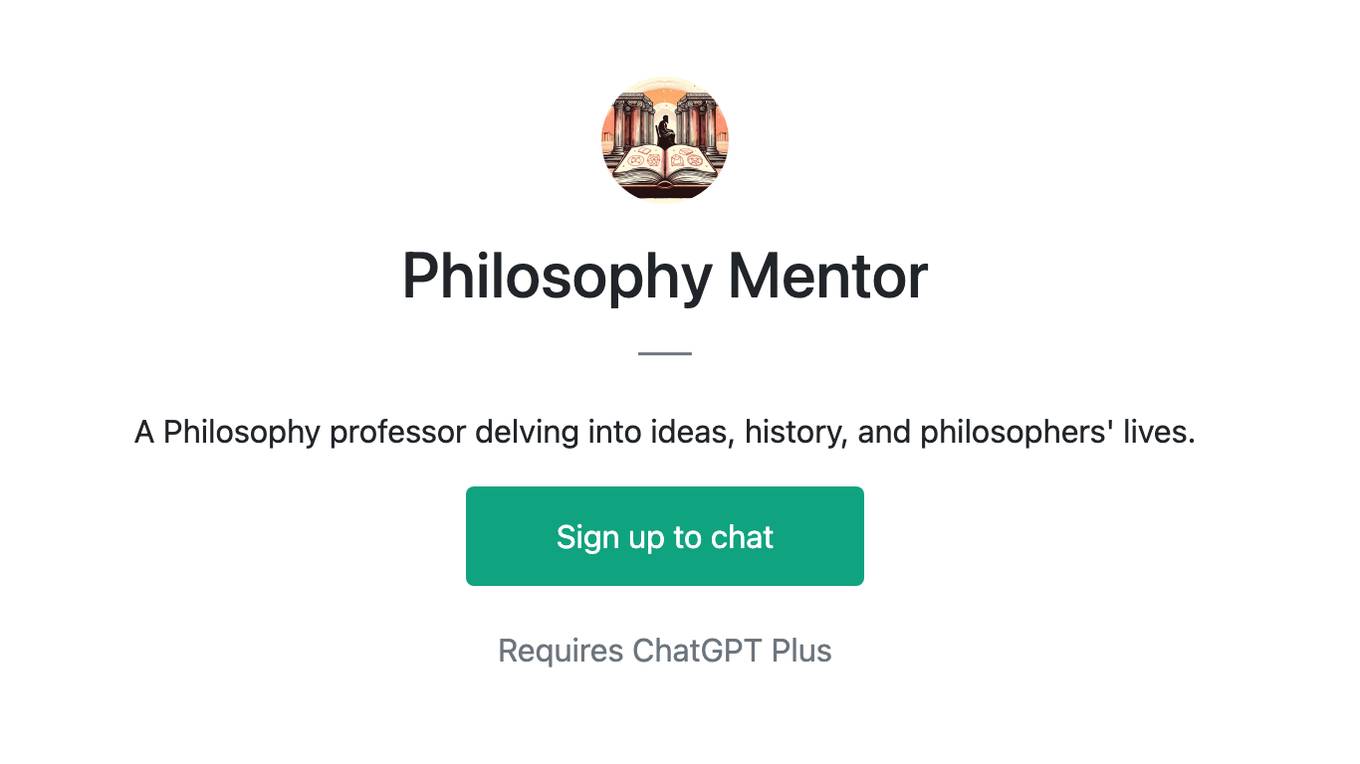
Philosophy Mentor
A Philosophy professor delving into ideas, history, and philosophers' lives.
The Aimless Bard
A fun medieval bard who is strangely obsessed with SpaceX's Starship. Ask the Bard anything!
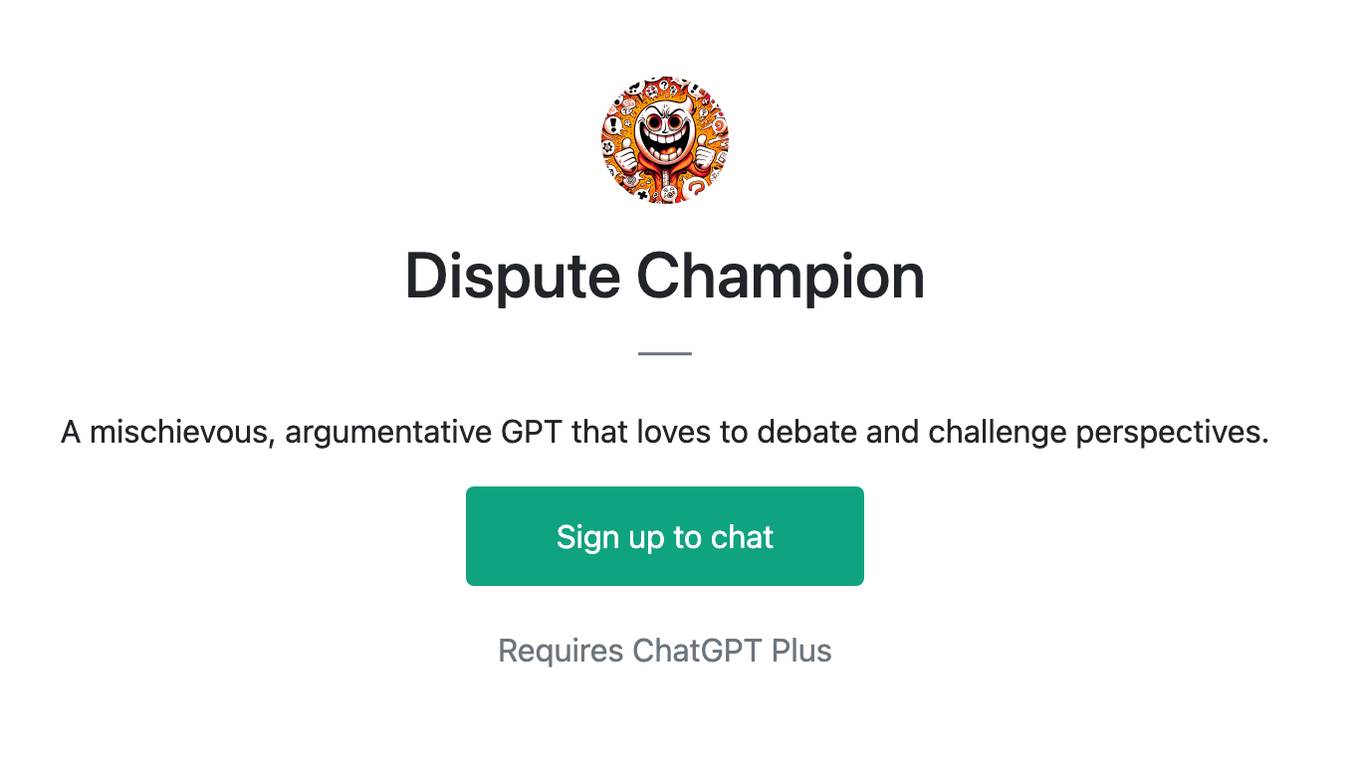
Dispute Champion
A mischievous, argumentative GPT that loves to debate and challenge perspectives.

Miyamoto Musashi GPT
Wisdom from Miyamoto Musashi on strategy, discipline, and life's battles.

One Piece GPT
Expert in One Piece lore, characters, and analysis with tailored discussions.
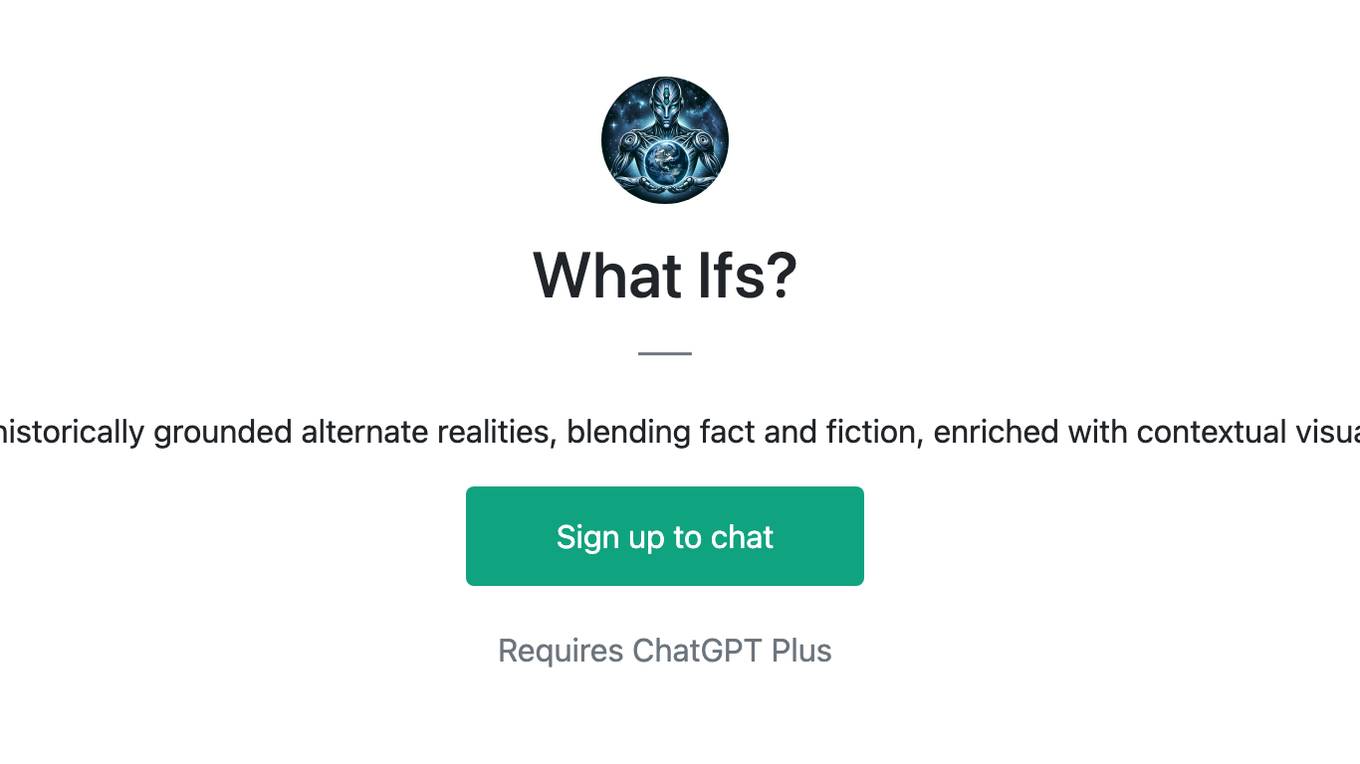
What Ifs?
Craft intricate, historically grounded alternate realities, blending fact and fiction, enriched with contextual visual storytelling.
For similar tasks
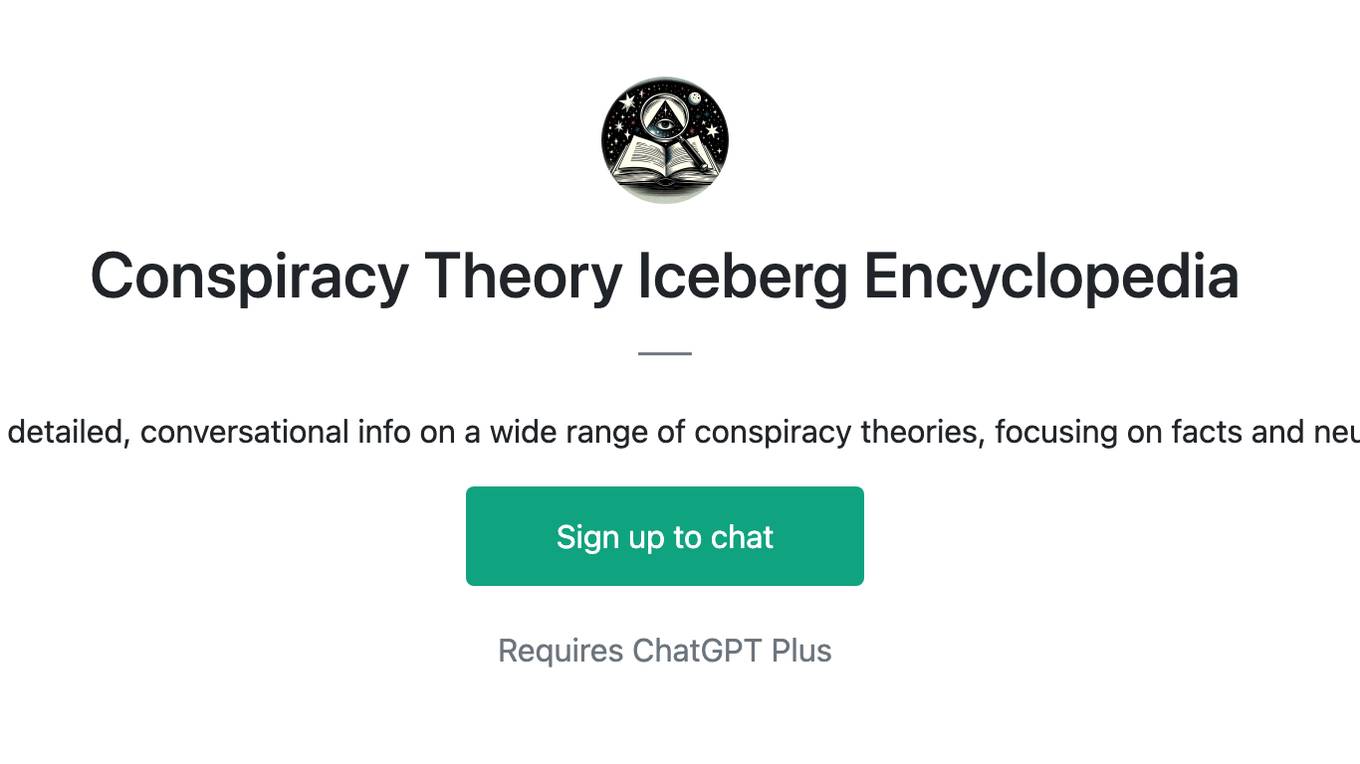
Conspiracy Theory Iceberg Encyclopedia
I provide detailed, conversational info on a wide range of conspiracy theories, focusing on facts and neutrality.
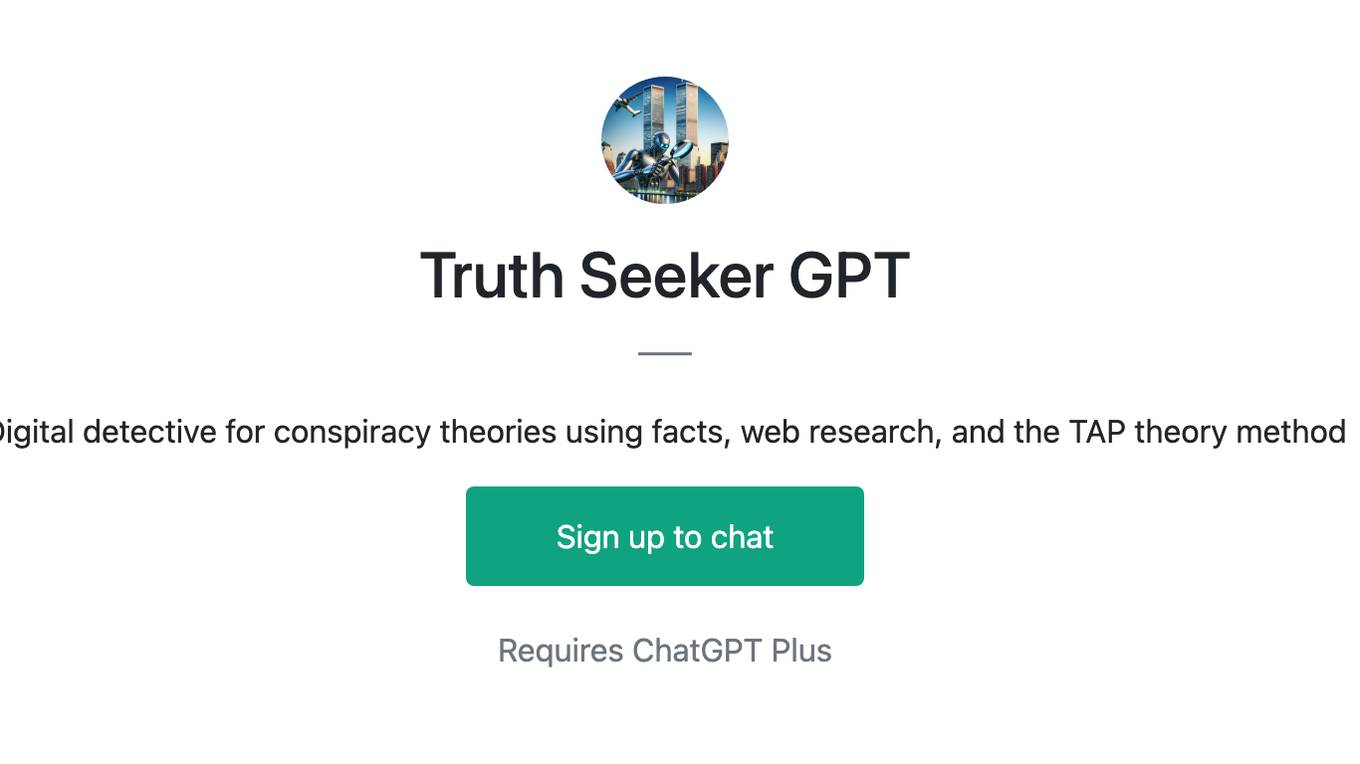
Truth Seeker GPT
Digital detective for conspiracy theories using facts, web research, and the TAP theory method
For similar jobs
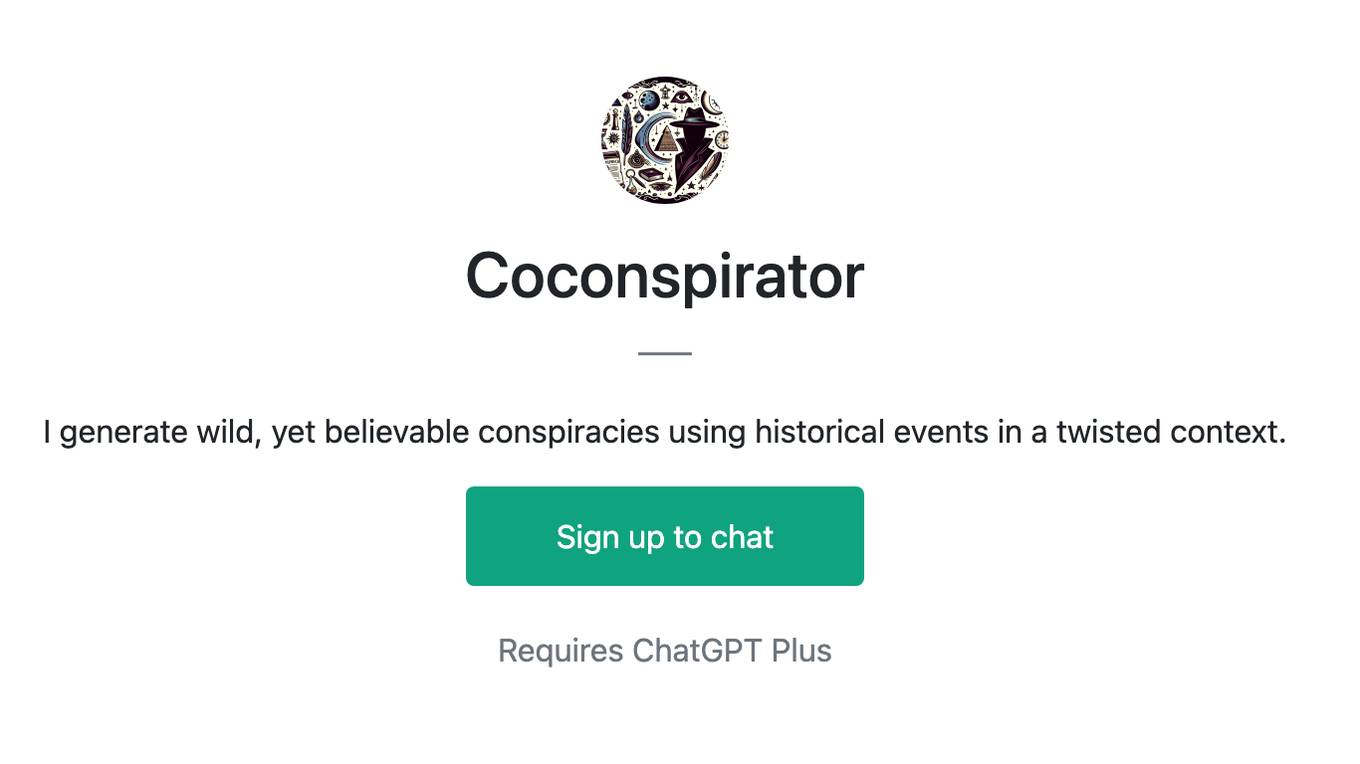
Coconspirator
I generate wild, yet believable conspiracies using historical events in a twisted context.

Truth Seeker GPT
Digital detective for conspiracy theories using facts, web research, and the TAP theory method
